10 Best Superman artists of all time
You'll believe a man will draw when you see these best Superman artists
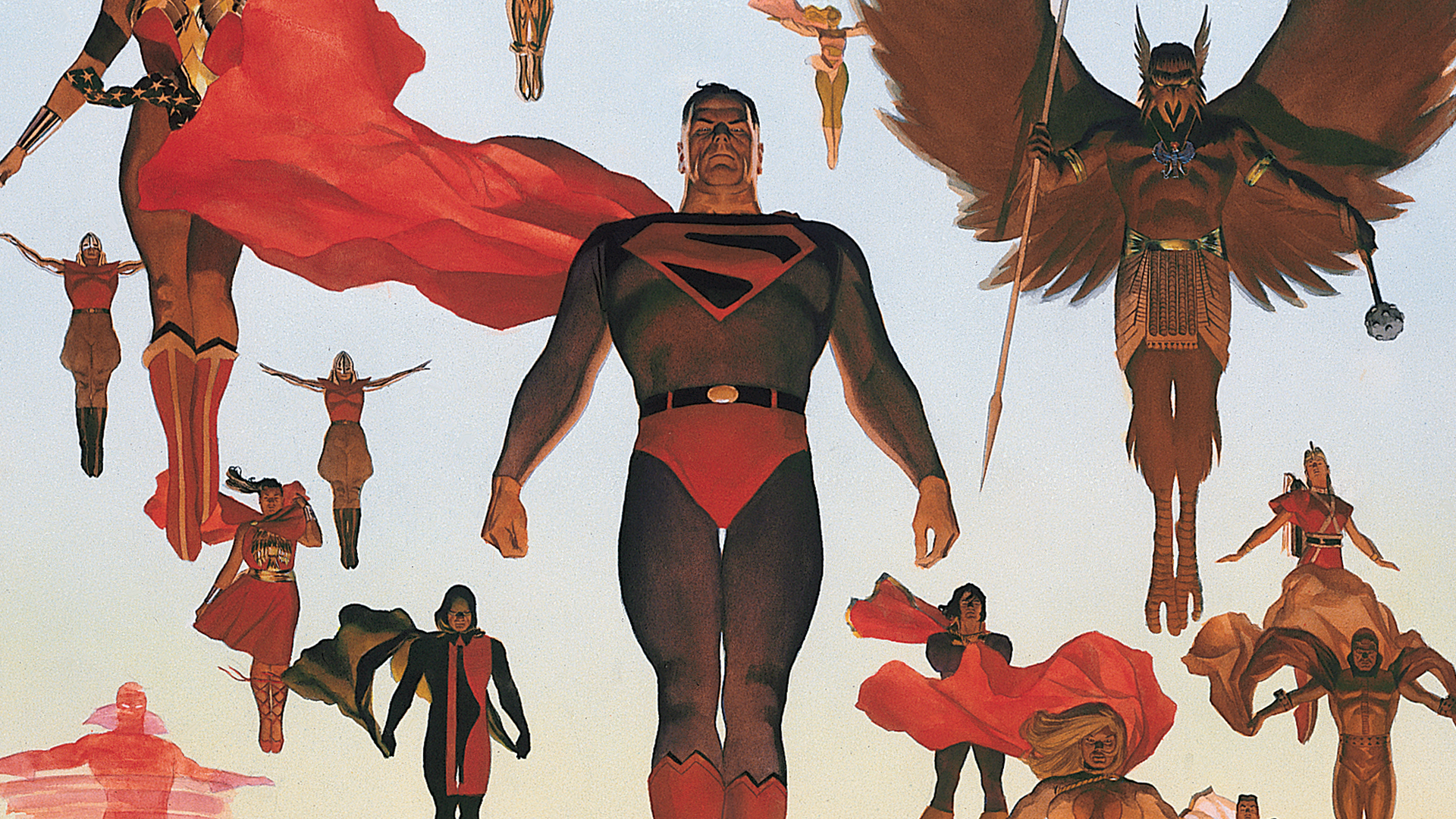
Superman's best artists are able to invoke plenty of emotions with their work. After all, he may be one of the most popular character or story to ever come out of comic books, but without the stellar artists who’ve worked on him for the past 79 years he wouldn’t be near the man he is today.
From the original artist and co-creator Joe Shuster all the way down to to modern legends like Frank Quitely, nearly all of the greatest artists to grace comic books have spent time with the last son of Krypton. So, in this countdown, we go from day one to the present day and delineate the 10 artists who most excelled at illustrating the Man of Steel. From Golden Age classics to Silver Age stalwarts and on to some modern day surprises, we have it all – even an artist who never drew a Superman comic book makes the list.
So look over our list of best Superman artists of all time, then tell us in the comments who your favorite Superman artists are.
10. Ed McGuinness
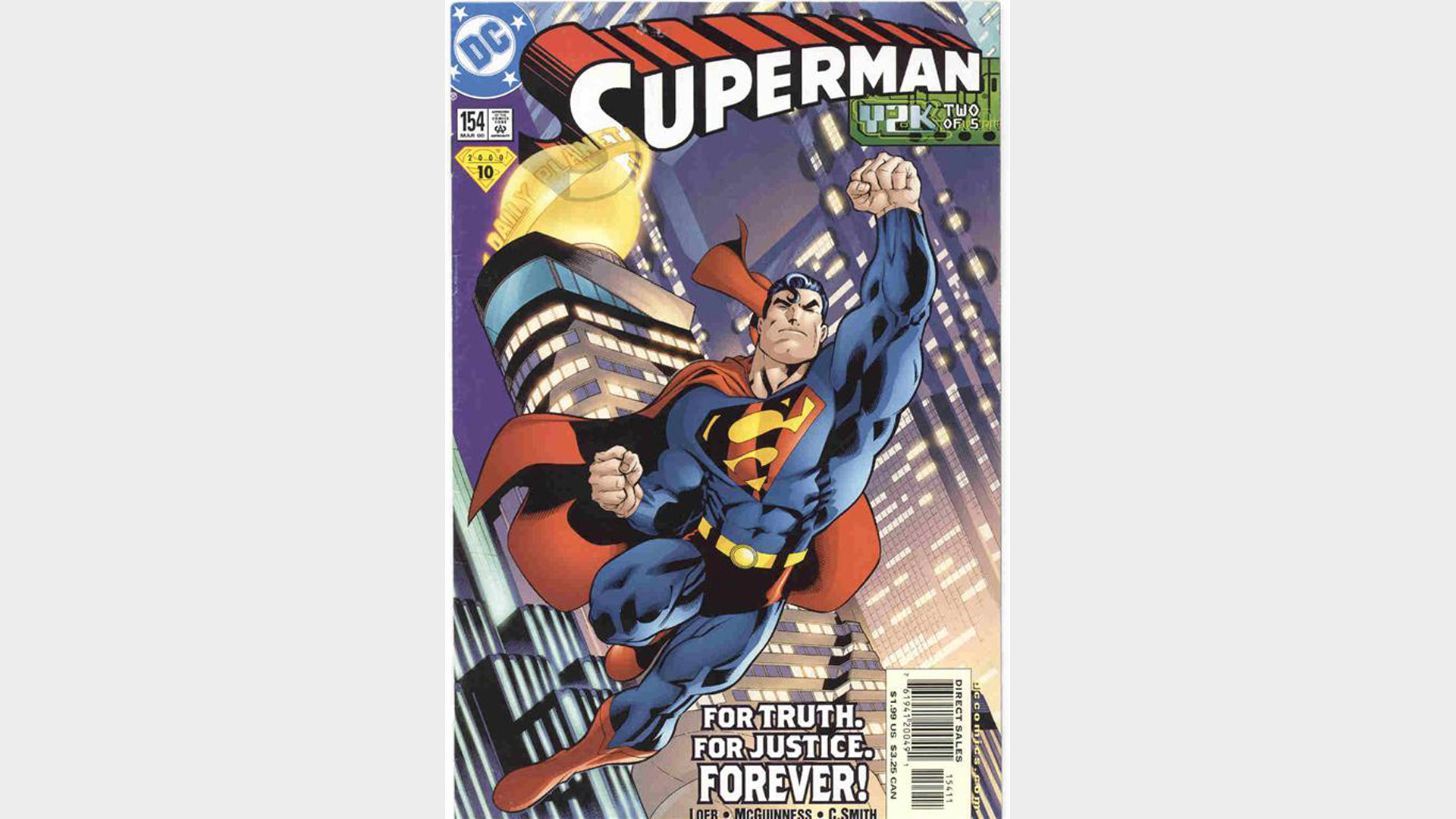
When Ed McGuinness first came into comic book, no one realized how good a Superman artist he could be - not even the artist himself. But when he touched down in Metropolis with 2000’s 'Superman #154' readers knew in an instant we were in for something special.
The Maine artist got his start in comic books doing something very different than the Man of Steel; drawing Vampirella. But it wasn’t until he began work on Deadpool that people began to sit up and take notice. After working on the Wildstorm character Mr. Majestic (which is in some ways an analogue of Superman), McGuinness got the nod to take on the Man of Steel himself with a two-year run on Superman with Jeph Loeb in the early 2000s. After a brief foray to other books, McGuinness returned to the Man of Steel once again for Superman/Batman and then a short but formidable run on JLA Classified with Grant Morrison.
Although McGuiness hasn’t done any new work with Superman since 2006, his work with the character has been held in high regard; an early arc by him and Jeph Loeb was adapted for the animated film Superman/Batman: Public Enemies, as well as several different lines of superhero action figures based on his expressive work. McGuinness’ square-jawed Superman follows in a long tradition of stocky renditions of Superman, from Shuster to Boring to Bognadove. Frequently inked by Dexter Vines, McGuinness's style for Superman has become known as slick and muscular, giving the Man of Steel a visual aesthetic that is as powerful as he’s written to be in comic books.
9. José Luis García-López
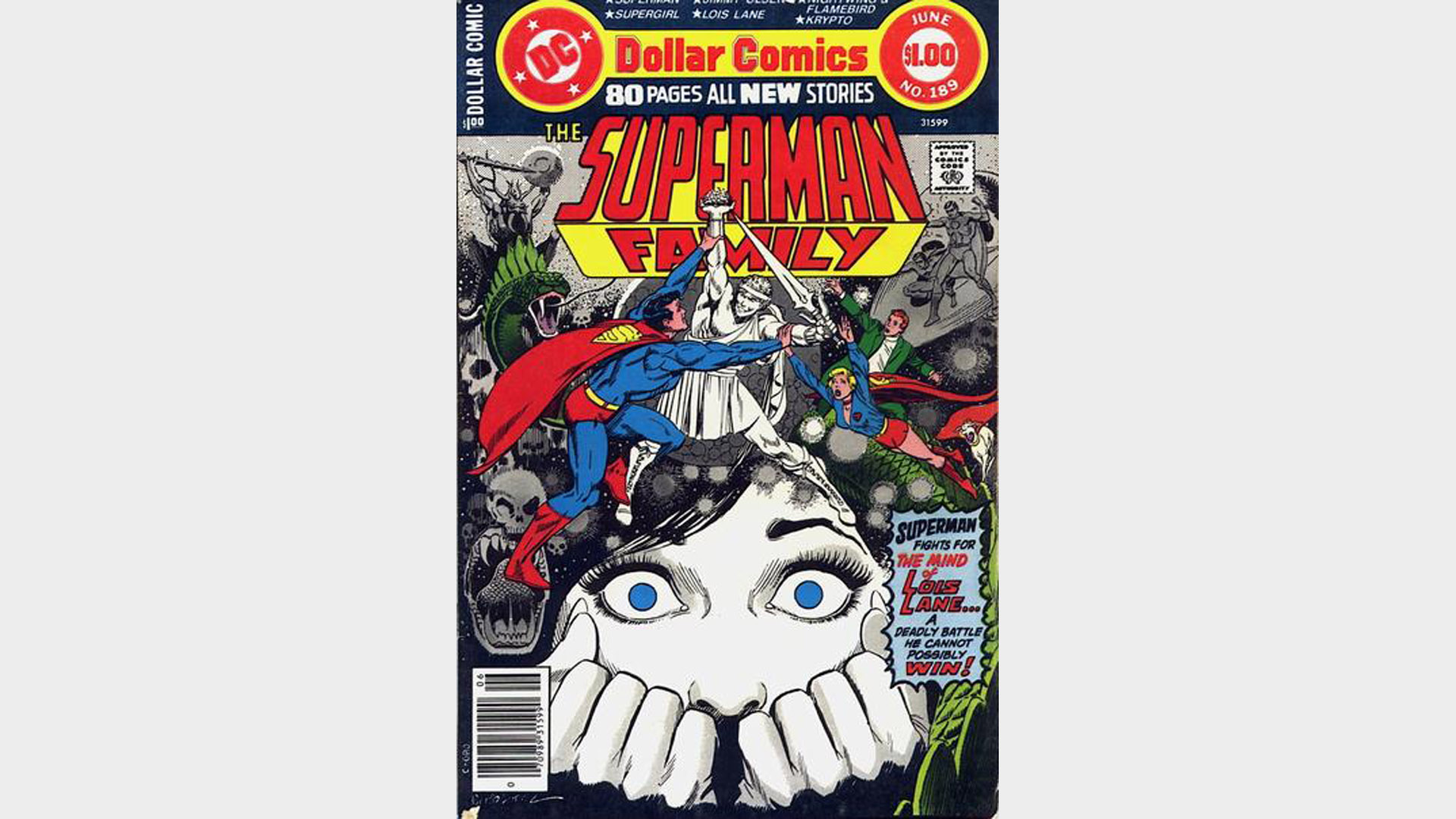
Garcia-López might be the least known amongst all the artists listed here, but among artists and aficionados he’s one of the Man of Steel’s most seminal illustrators.
Comic deals, prizes and latest news
Get the best comic news, insights, opinions, analysis and more!
At first breaking into comic books as an inker for the likes of Curt Swan and Dick Dillin, the Spaniard made a name for himself as an artist primarily doing covers and licensing work for DC. Garcia-López was responsible for a majority of the illustrations used for Superman merchandise during the 1970s, 1980s and 1990s, from lunchboxes to sneakers, even doing a Superman illustration for the popular “Got Milk?” advertising campaign.
In actual comic books, Garcia-López did a string of Superman stories over the years that are, for many people, the high water mark for illustrated Superman stories. His four-part Superman/Flash crossover with Martin Pasko in DC Comics Presents set the bar for the two characters’ friendly races, and the Argentina-based artist did a number of one-off stories for the main Superman title in the late 1970s. DC recently collected these in an excellent tome titled Adventures of Superman: José Luis García-López that is well worth tracking down.
8. Wayne Boring
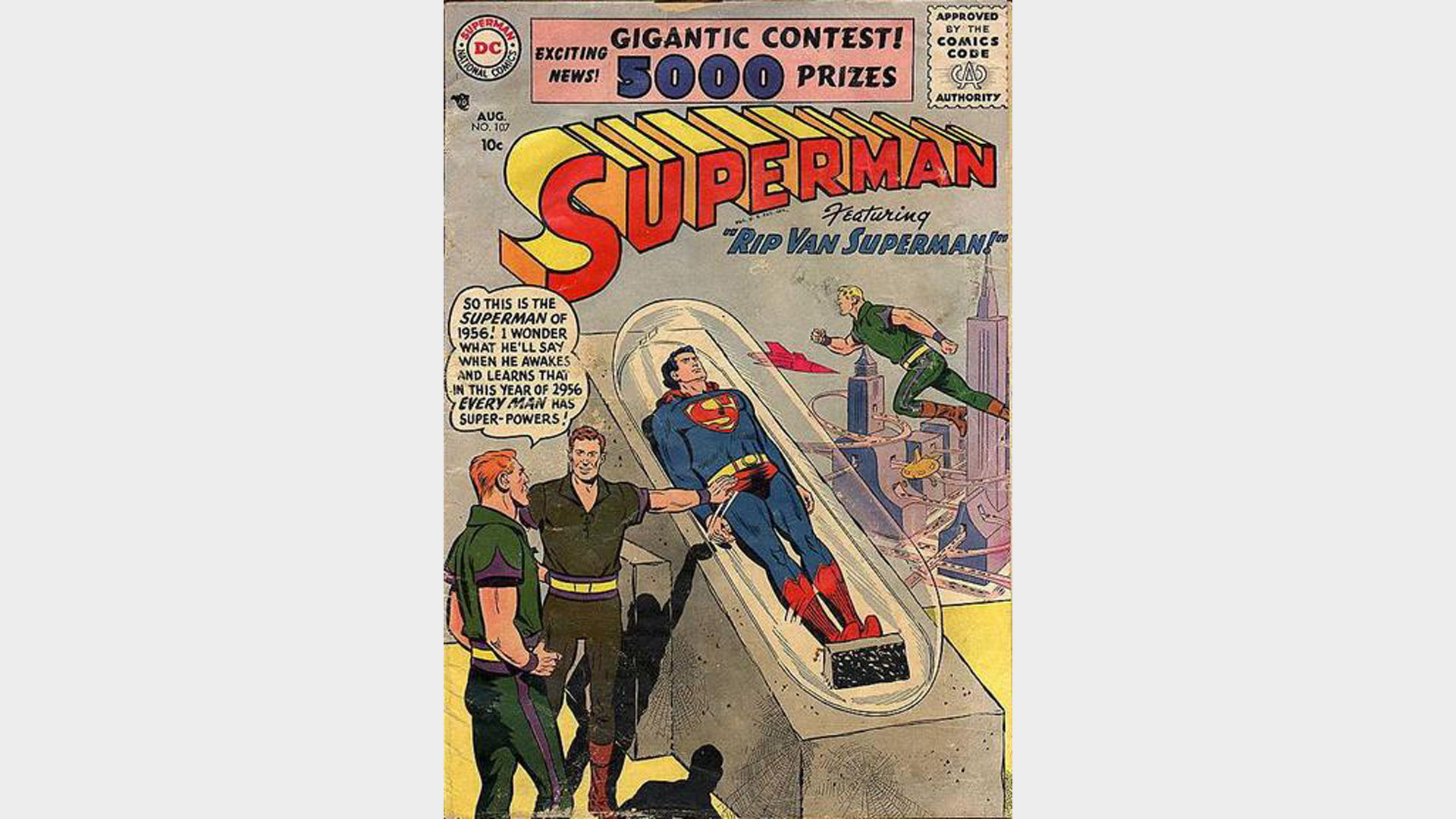
This Hall of Famer got his start in 1937 by joining the art studio of Joe Shuster and Jerry Siegel. Hired to act as an uncredited ghost artist on the duo’s array of titles, once their Superman character skyrocketed to the top of the comics industry in 1938 Boring was quickly put to word ghosting Shuster’s linework. Boring worked under Siegel and Shuster for five years before DC cherry-picked him out of the studio to draw directly for DC and begin using his name. DC paired Boring with celebrated inker Stan Kaye, forming a formidable team that worked together for nearly 20 years – primarily on Superman. After Siegel and Shuster quit DC in 1948 over ownership of the Man of Steel, incoming editor Mort Weisinger made Boring one of three artists who would define the character in the 1940s and 1950s.
The transition from Shuster to Boring in the art style saw more of a focus on the chivalrous and steely-jawed classic science fiction elements reminiscent of Flash Gordon. Boring, who illustrated Superman both in comic books and the long-running newspaper strip, imbued the Man of Steel with a sense of stoicism and melodrama that in many ways informed the early adaptations of Superman into television.
7. John Byrne
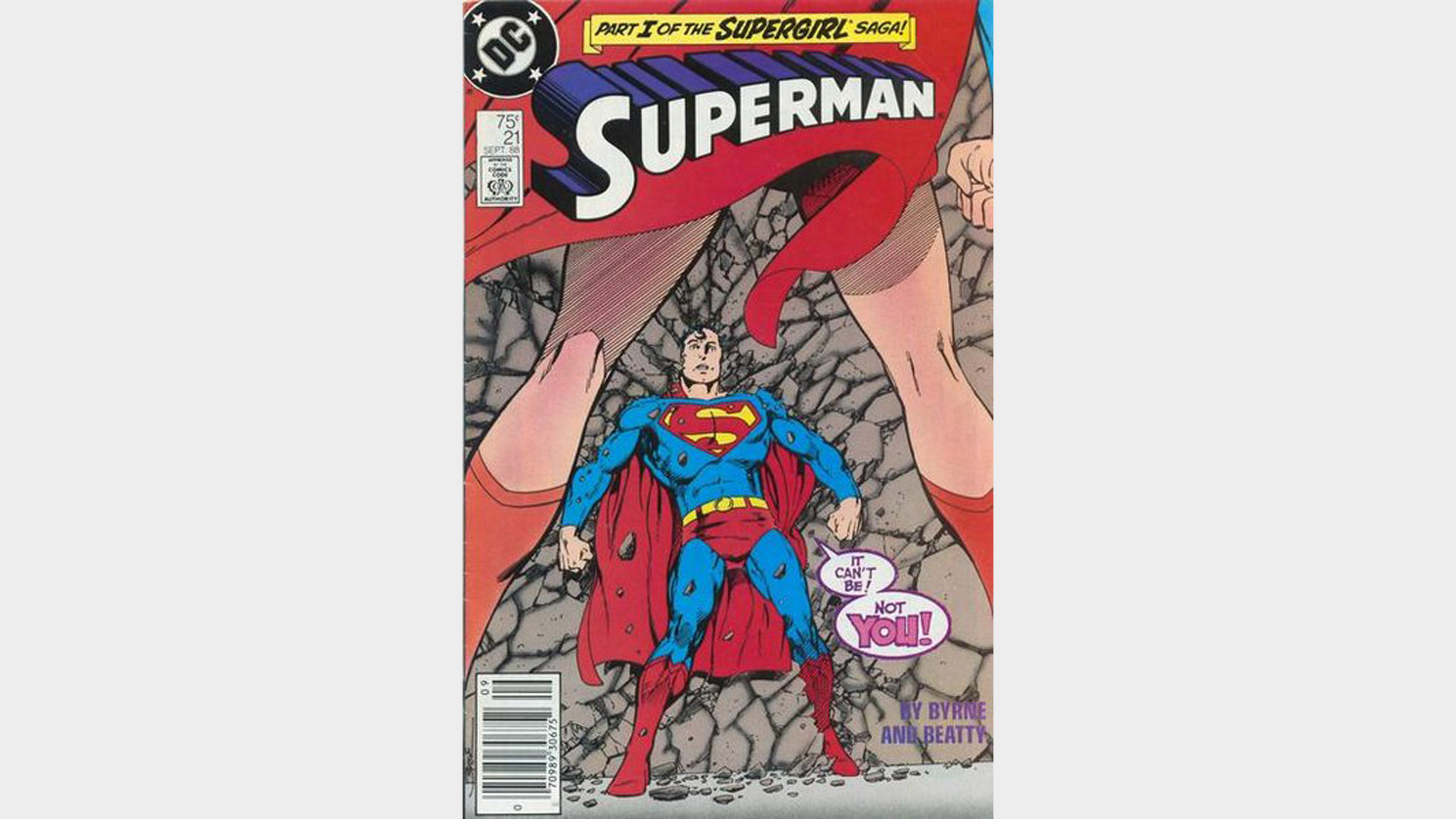
It’s tough to follow an acclaimed artist who defined a certain character for a generation. But John Byrne did just that when he jumped from Marvel to DC to write, draw and revamp Superman for the Modern Age. Over a decade before Marvel showed a modern-day version of its heroes in the Ultimate Comics line, Byrne did the “Ultimate” Superman beginning with the 1986 miniseries Man of Steel. After that Byrne plunged head-first into the Superman line, writing and drawing several ongoing series simultaneously, as well as working on spin-off miniseries and original graphic novels.
Speaking specifically about his contributions to the Superman mythos as an artist, Byrne tweaked Superman’s costume and revamped many characters visuals completely and broke down the origin of Superman in a manner that was more palatable for readers. Virtually every adaptation of Superman, be it TV or movies, has borrowed heavily from Byrne’s work, from an entire scene being lifted for Superman Returns as well as key elements showing up in Smallville. Man of Steel screenwriter David Goyer pointed to Byrne’s portrayal of Kryptonian culture and visuals influenced the look and feel of Krypton in 2012’s movie.
6. Alex Ross
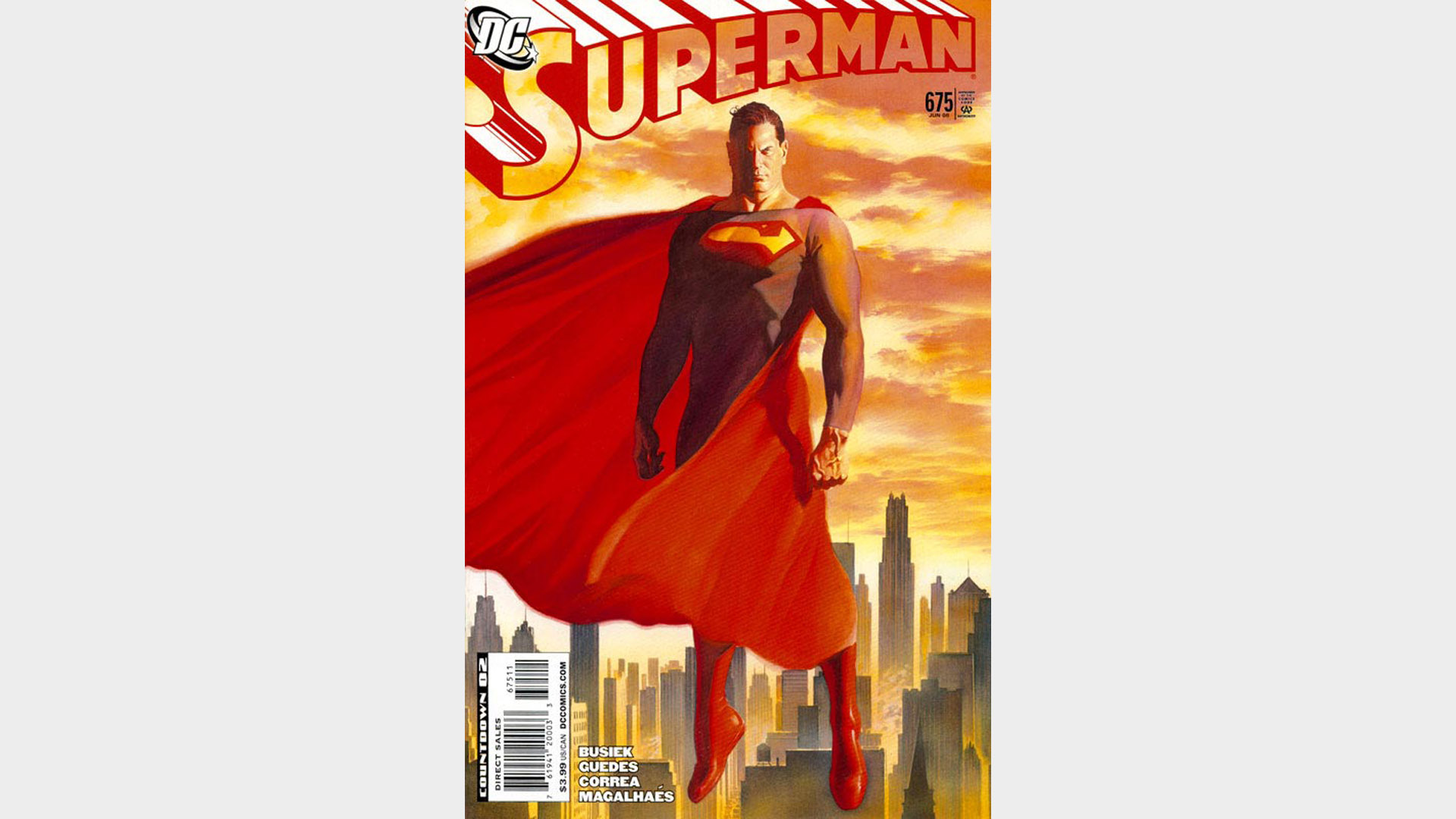
Alex Ross revolutionized comic books, bringing the idea of majestic painted comic books to a reality. Sure there had been painted comic books in the past, but Ross was the first to bring it to the mainstream and mixing the steady arm of painted covers ala Gold Key with the firm storytelling chops of a sequential artist. Through his interiors on Kingdom Come, multiple Justice League series, the overlooked Superman: Peace on Earth and countless cover images, Ross brings the kind of visual that match up to the grandiose nature of the Man of Steel.
Ross’ depiction of the Man of Steel brought the halcyonic hero down to earth, avoiding the chiseled features some have given Superman. More Jimmy Stewart than John Wayne, but in no way less of a hero, Ross’ depiction of Superman and other heroes brought a reverential air to these heroes but also consciously avoided making them into Greek gods.
5. Frank Quitely
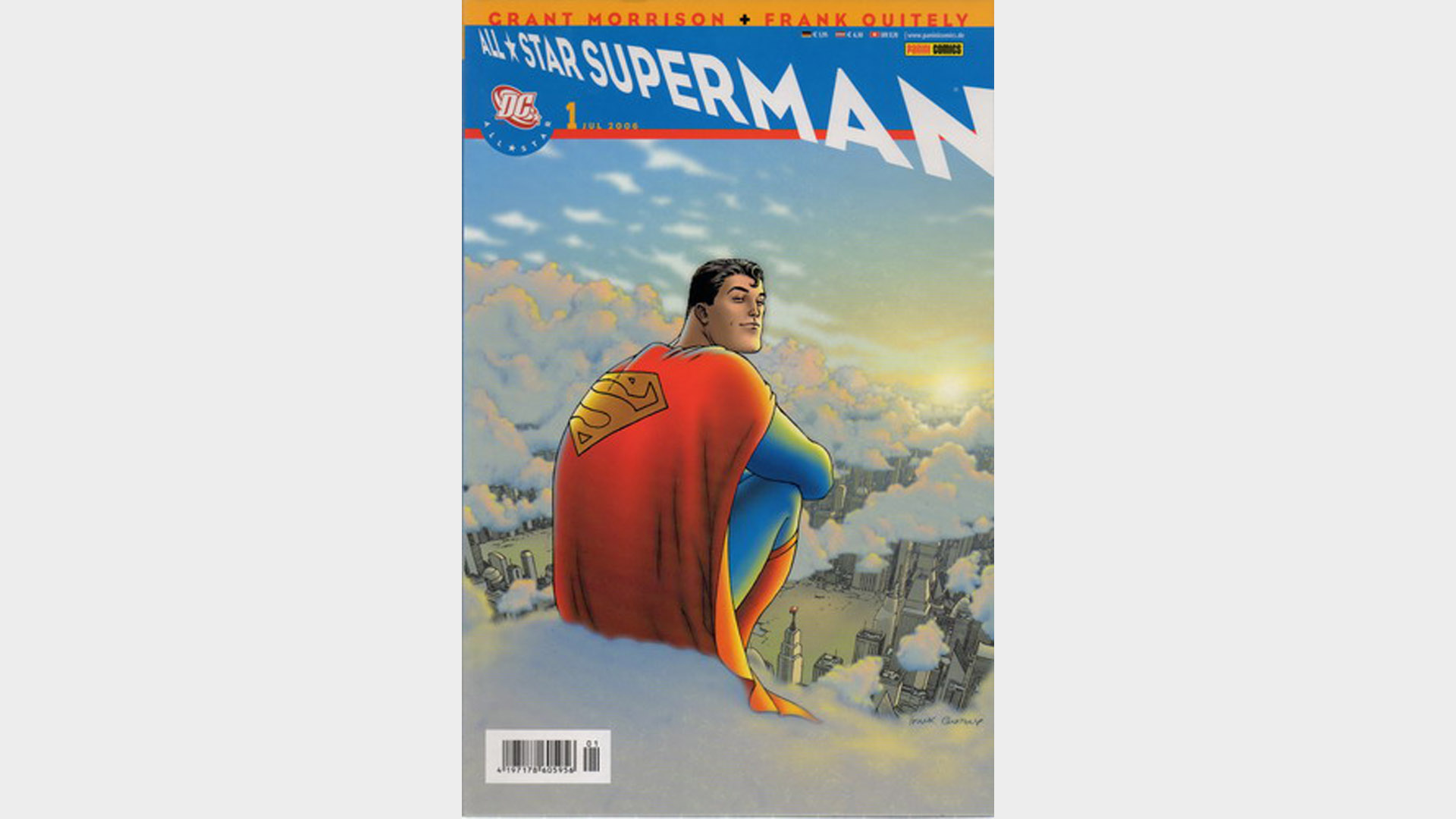
When you say the words “Frank Quitely” and “Superman,” the series that automatically springs to mind is All-Star Superman and you wouldn’t be wrong. But it wasn’t the first time the Scottish artist took on the Man of Steel. That happened five years prior with the graphic novel 'JLA: Earth 2'. It’s there that he and Grant Morrison laid the foundation for Quitely’s depiction of Superman which would come to ultimate fruition in All-Star Superman and become the quintessential text for Superman in comics, both in writing and in art.
Quitely’s Superman is a superhuman – no doubt – but in Quitely’s work he showing him full of life and personality, obvious in his facial expressions but also in the body language evident in every single panel. From the oafish hunch of his alter-ego Clark Kent to the body type, numerous grimaces, grunts, and physical acting Superman is depicted in, Quitely got inside the head of the Man of Steel and radiated it outward.
With all the big ideas and far-flung settings of JLA: Earth 2 and All-Star Superman, Quitely always managed to keep Superman’s feet firmly sitting in reality – even when reality was a little out of whack.
4. Dan Jurgens
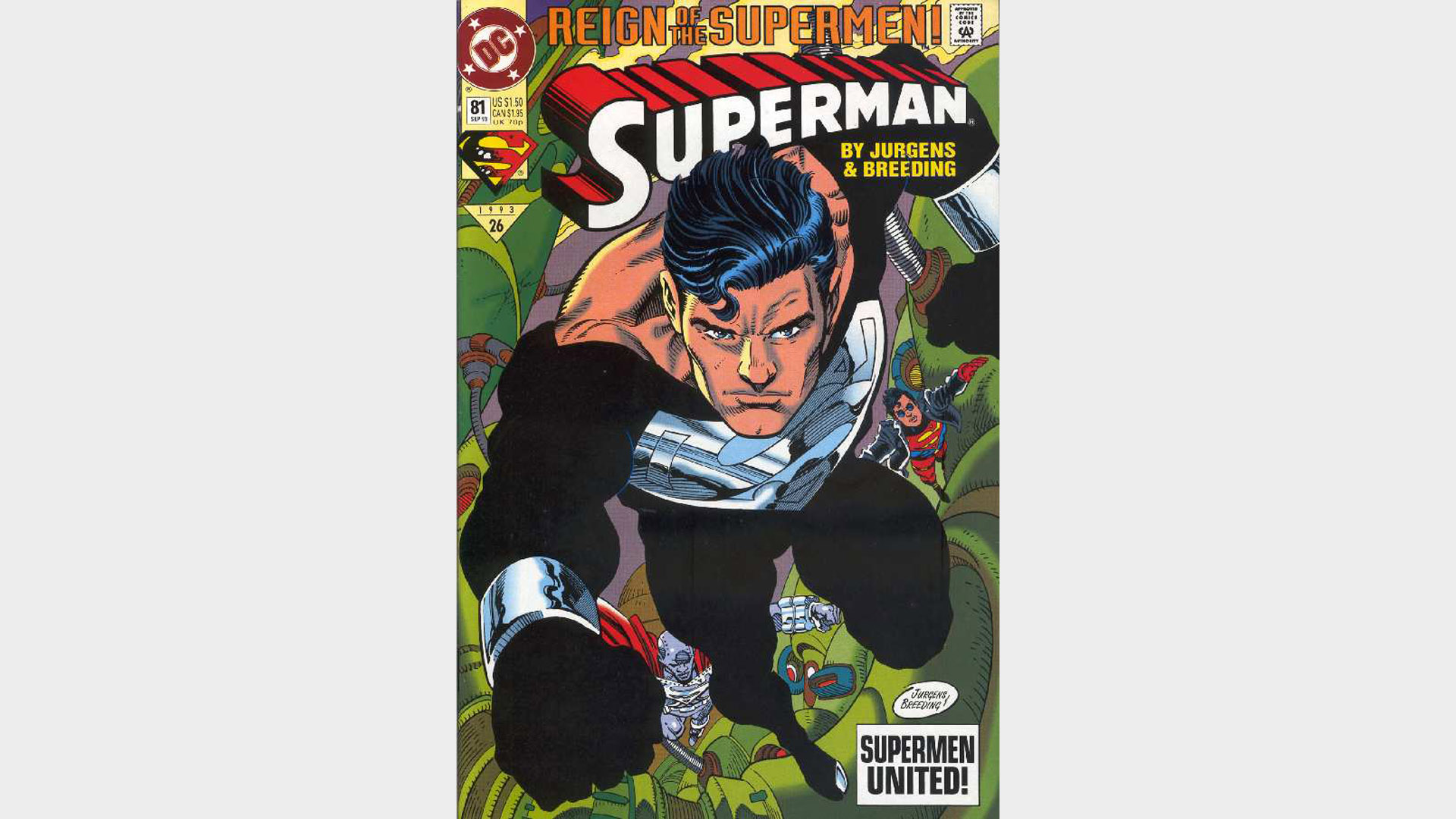
For the generation of fans who came of age in the 1990s, Dan Jurgens is the Superman artist. Mullet or not, Jurgens saw the Man of Steel through life, death and rebirth and captured the spirit of Superman like few others could. Despite being flanked by future superstars like Stuart Immonen and comics veterans like Butch Guice at the time, Jurgens’ work stood head and shoulders above the rest and proved to be the quintessential Superman for those times.
Dan Jurgens became best known for Superman for his early 1990s work topped by 'The Death of Superman', but the Minnesotan began his long span on the character way back in in 1987 working on an annual for The Adventures of Superman. This began a nine year run of Jurgens on various Superman projects, writing and drawing the hero against death, replacement, Doomsday (which he created), as well as going through Zero Hour, his wedding, Marvel heroes, and even miniseries pitting him against Aliens.
Jurgens returned in recent years, and is now writing Action Comics once again - and even lending his drawing hand from time-to-time for certain issues.
3. Max Fleischer
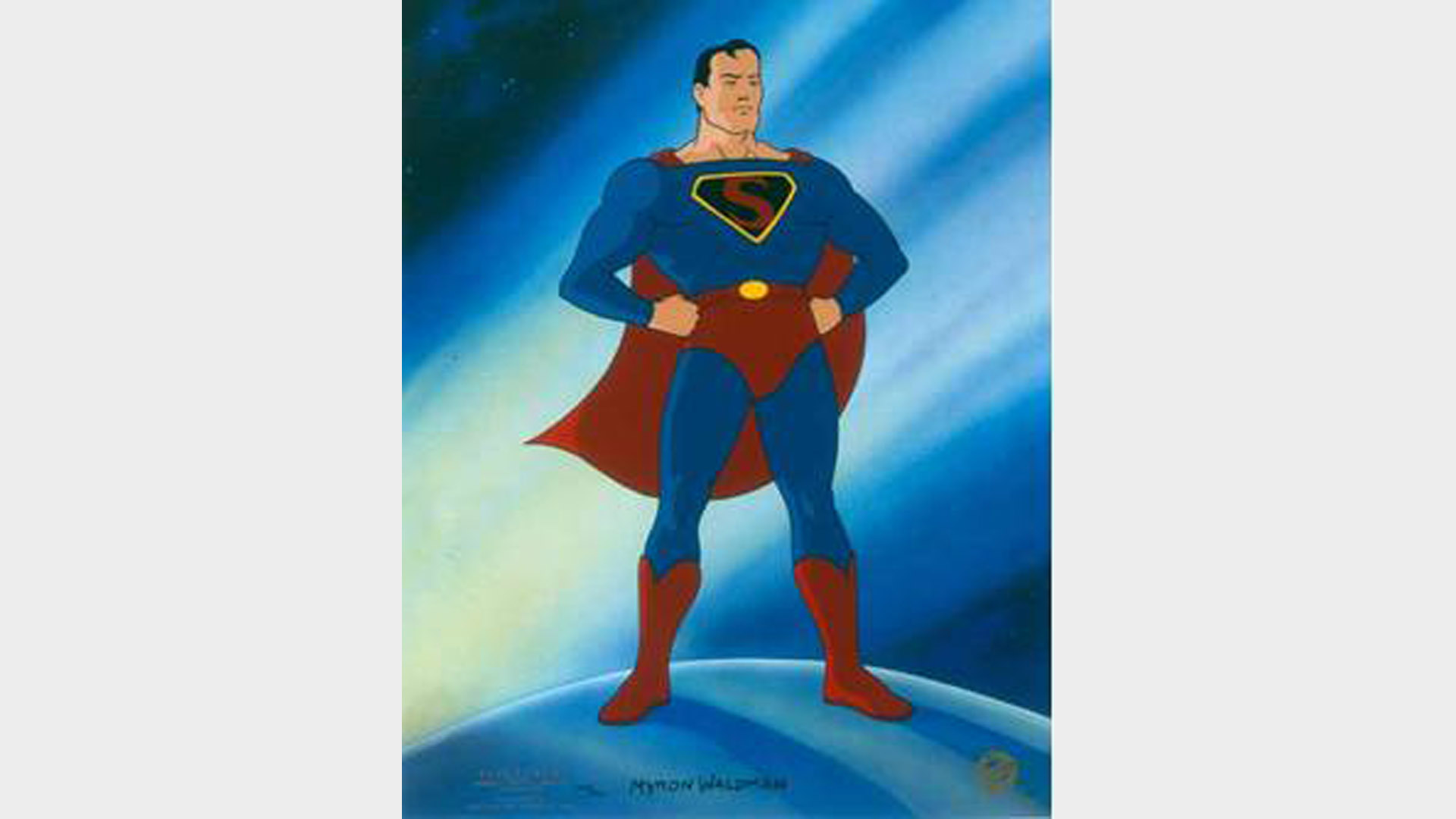
Max Fleischer never drew a Superman comic strip, but he forever defined his look in comic books and beyond. Max Fleischer was the mastermind behind the 1941-2 animated series Superman. Done with his brothers Max and Dave under the company name Fleischer Studios, Max’s depiction of the Man of Steel formalized many of the still fluid elements of Superman and even gave the hero the ability to fly; until that time the hero merely was able to jump large distances, but Fleischer convinced DC to allow the character full flight capabilities to give a more majestic quality to the hero.
In the 70+ years since Fleischer worked on Superman, artists as diverse as Alex Ross and Frank Miller have openly stated the 1940 animated series impact on their own depictions of the hero. In 1985, DC named Fleischer’s animation studio as one of the “Fifty Who Made DC Great,” and much of the style of the animated Timm-verse of Batman: The Animated Series and Superman: The Animated Series was inspired by Fleischer’s 1940s work.
2. Joe Shuster
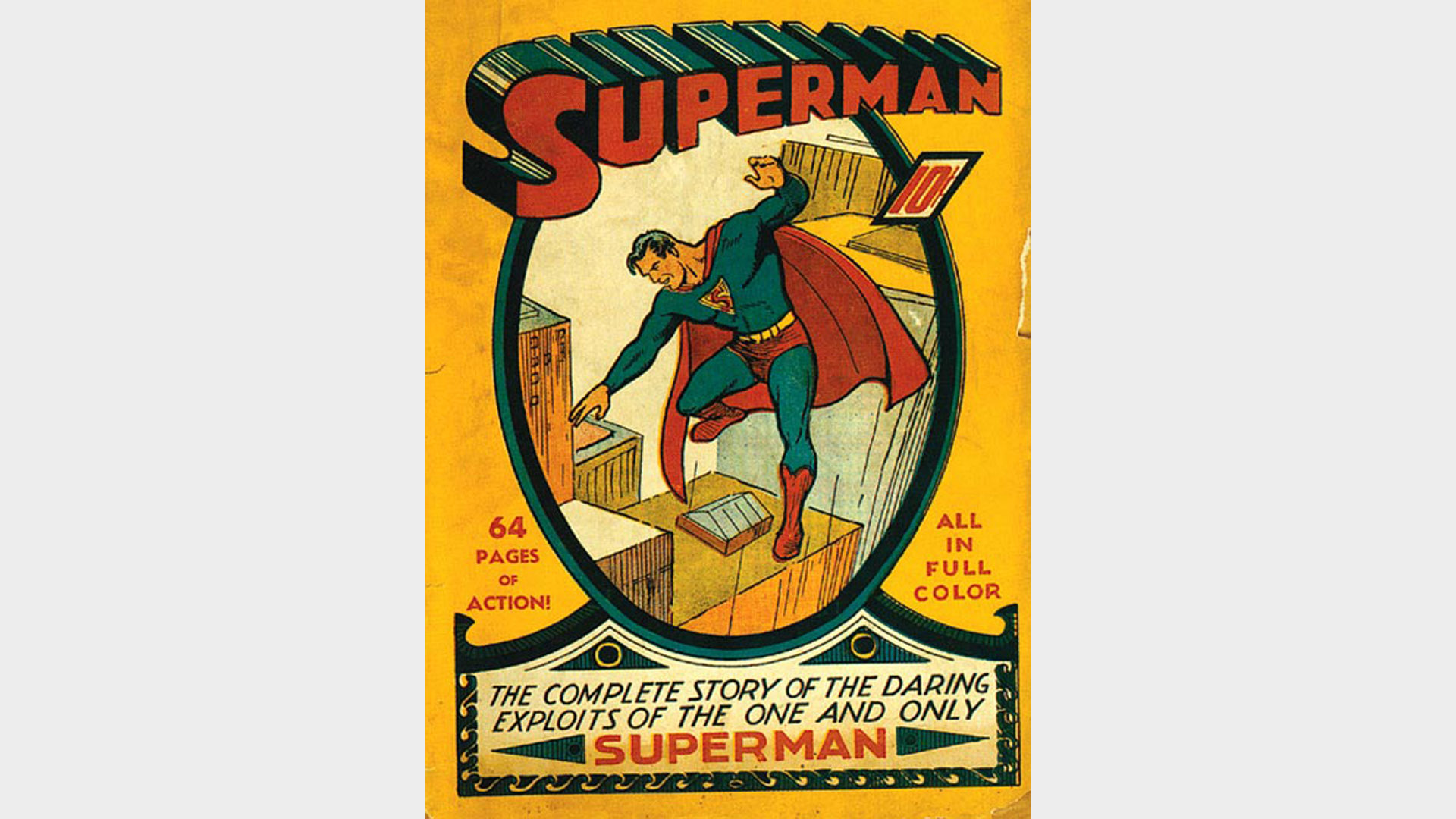
How can the artist who co-created Superman rank only second? It’s no knock on Shuster’s ability, but a testament to his creation that could be developed so much.
Shuster gave the idea of Superman life, based on the initial ideas by him and his longtime collaborator Jerry Siegel. Initially conceived as a malevolent supervillain looking more like Lex Luthor than Clark Kent, after years of development the character took on a look closer to his modern visual identity. Mixing mythological heroes with Hollywood good looks and a costume comparable to circus strongmen and Flash Gordon, Shuster’s final vision of what Superman should be has carried through the present day with only minor alterations done for modernity.
Due to poor eyesight and contractual disagreements with DC, Shuster’s run on Superman once he became popular in 1938 was relatively short; by 1946 he was already done drawing Superman, and moved off to smaller scale publications. Many of the artists he had mentored as assistants to him during his run on Superman eventually took on Superman on their own, creating a legacy for Shuster as creator of comic books’ most iconic superhero as well as honing future creators after him.
1. Curt Swan
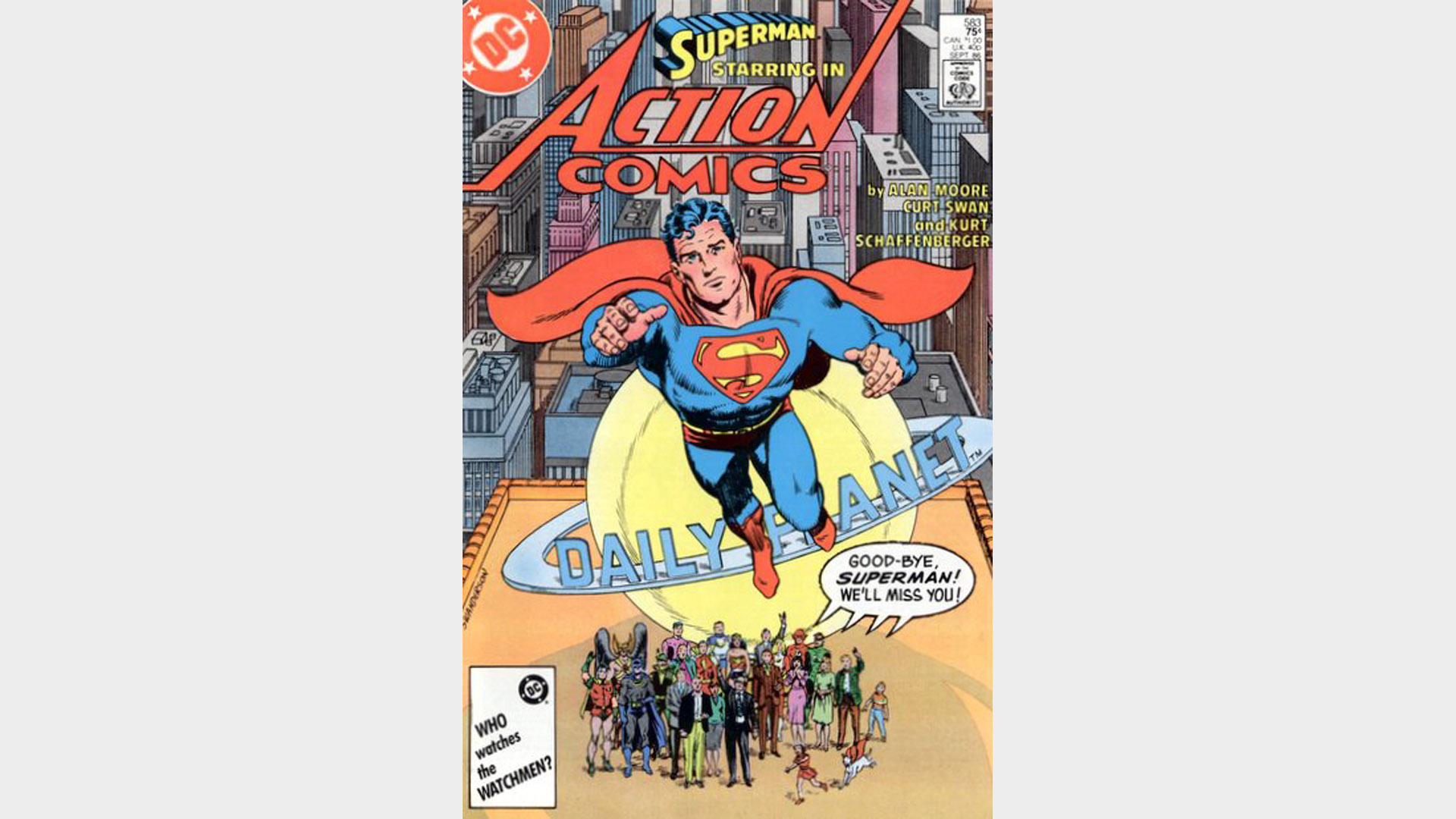
Curt Swan’s name may not be as popular as other artists mentioned here like John Byrne, Frank Quitely and Alex Ross, but Swan is for many people the quintessential Superman artist. He may not have been as flowery or stylistic as others, but that was part of his charm. Colleagues of his at the time of his 40-year run on Superman called him “quiet” and not really looking for attention, but his masterful renditions of the Man of Steel became, and for many still remain, the benchmark for what the hero could be.
Swan’s work excelled at taking what came before by previous Superman artists and combining it with the raw inspirations which made Superman and mixing in a heaping helping of personality. Dubbed “the Norman Rockwell of comics” by biographer Eddy Zeno, Swan brought readers in on the action with rare but powerful acknowledgements of the reader by Superman, from the sorrowful stare on the cover of 'Whatever Happened to the Man of Tomorrow?' to the ever-powerful Superman wink – you have to see it to believe it. There’s an old proverb that says eyes are a window into a person’s soul, but with Swan he used the entire face to tell a story on a completely higher level than most other artists of the time.
Chris Arrant covered comic book news for Newsarama from 2003 to 2022 (and as editor/senior editor from 2015 to 2022) and has also written for USA Today, Life, Entertainment Weekly, Publisher's Weekly, Marvel Entertainment, TOKYOPOP, AdHouse Books, Cartoon Brew, Bleeding Cool, Comic Shop News, and CBR. He is the author of the book Modern: Masters Cliff Chiang, co-authored Art of Spider-Man Classic, and contributed to Dark Horse/Bedside Press' anthology Pros and (Comic) Cons. He has acted as a judge for the Will Eisner Comic Industry Awards, the Harvey Awards, and the Stan Lee Awards. Chris is a member of the American Library Association's Graphic Novel & Comics Round Table. (He/him)



